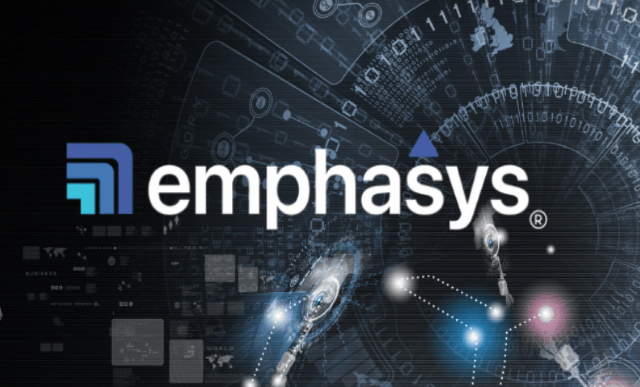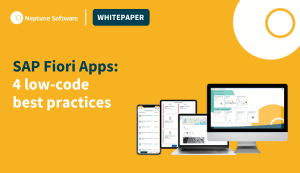Hexagon and Fujitsu Collaborate for Resilient Cities with Predictive Tech
Meet the Authors
Key Takeaways
⇨ Precipitation data is used to calculate flooding extent, visualize flood areas, and conduct damage prediction analysis
⇨ The partnership identifies accident-prone areas caused by heavy traffic and road design issues
⇨ Ongoing field trials with customers in administrative, municipal, and transportation sectors support decision-making for urban optimization
Hexagon’s Safety, Infrastructure & Geospatial division and Fujitsu Limited have joined forces on predictive tech to develop digital twin applications that predict and mitigate natural disasters and traffic accidents. The collaboration builds upon their alliance formed in June 2022 and their shared vision of creating resilient, disaster-resistant cities.
The two companies are working on a prediction model that uses precipitation data to calculate flooding extent and impact, visualize flood areas, and conduct damage prediction analysis. These insights will enable cities to formulate effective disaster response plans.
The focus is on identifying accident-prone areas caused by heavy traffic and road design issues in the realm of traffic safety. The application developed by Hexagon and Fujitsu proposes improvement measures, such as speed control and warning signs, to make transportation networks safer and more resilient.
Field trials with customers in administrative, municipal, and transportation sectors will continue, supporting decision-making for urban environmental optimization. The aim is to develop these solutions globally by the end of fiscal year 2023.
These innovative use cases were at HxGN LIVE Global 2023, Hexagon’s digital solutions conference held in Las Vegas on June 13, 2023.
The partnership combines Fujitsu’s Computing as a Service (CaaS) platform and Hexagon’s M.App Enterprise real-time geospatial application. Leveraging Fujitsu’s ‘digital rehearsal’ technology, the companies will analyze and verify disaster threats and preparedness using detailed digital twins that replicate real-world conditions.
The flood forecasting models and precipitation data enable sophisticated calculations and visualizations for addressing infrastructure damage, disaster response planning, and damage estimation. Furthermore, weather IoT sensors and forecast services contribute to securing safe evacuation routes and protecting infrastructure during abnormal weather events.
To tackle traffic accidents, the collaboration employs Hexagon’s geospatial visualization tool M.App Enterprise and Fujitsu’s infrastructure services. The application visualizes accident-prone areas, analyzes traffic volumes and road factors, and provides recommendations aligned with the Road Safety Toolkit of the International Road Assessment Program (iRAP).
Through these solutions, Hexagon and Fujitsu aim to create safer and more sustainable communities, reducing traffic accidents and enhancing disaster preparedness in urban areas. The ongoing collaboration exemplifies their commitment to advancing city resilience and shaping the future of smart cities.









